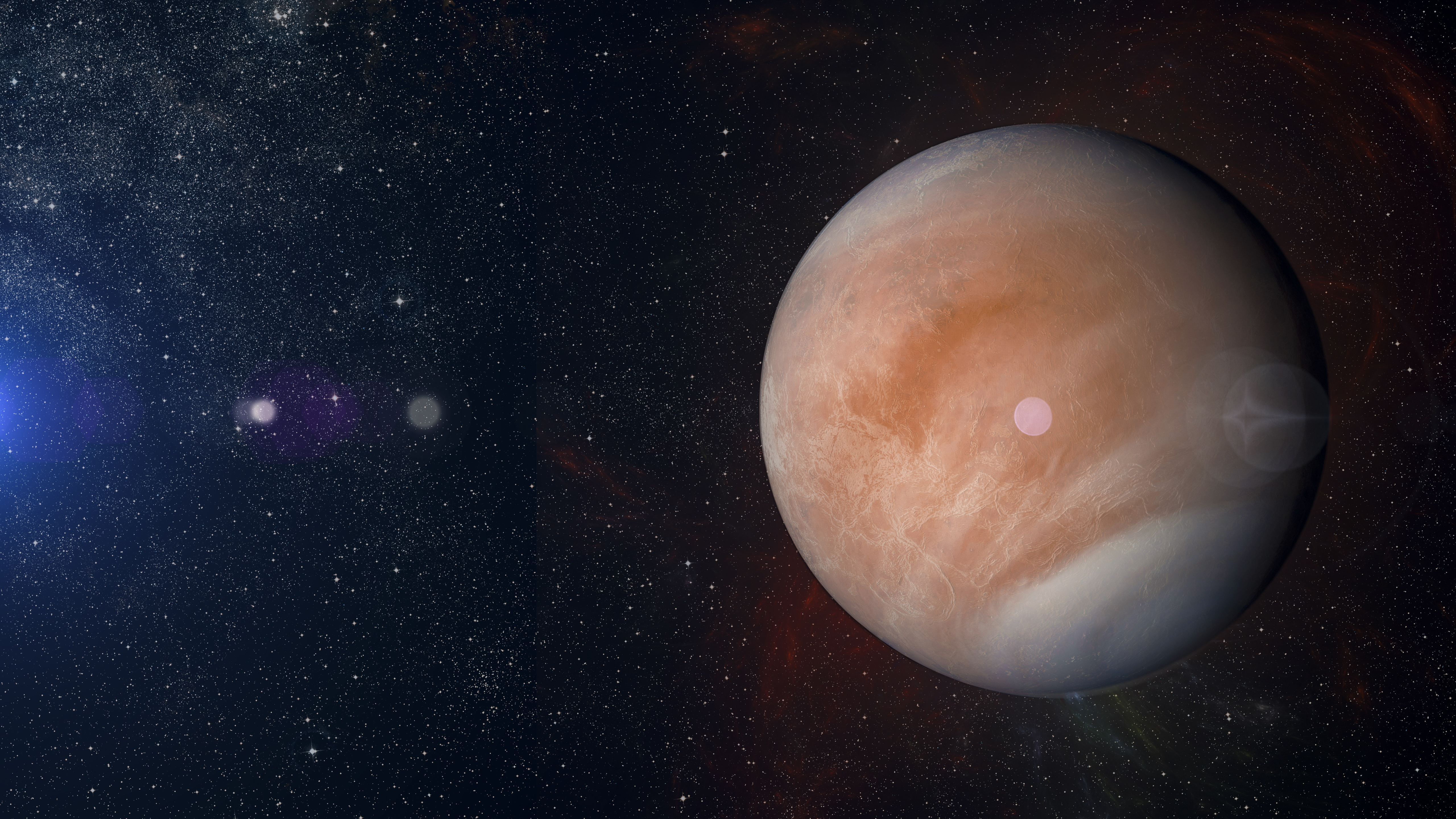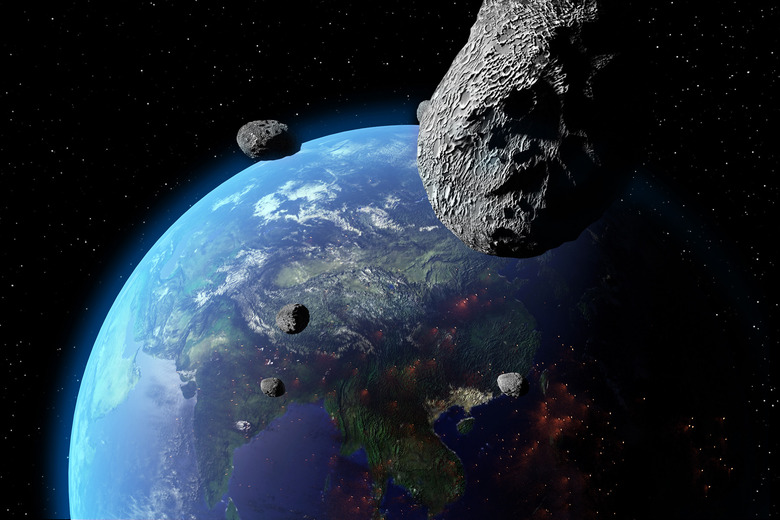Venus Could Be Hiding Dangerous Asteroids
For the past two decades, NASA has focused on identifying 90% of near-Earth objects that could pose a threat to our planet. The space agency has made steady progress in detecting dangerous asteroids that orbit close to Earth. However, new findings suggest we may have been overlooking a hidden threat in a surprising place: Venus.
Astronomers have discovered a group of asteroids that co-orbit with Venus, traveling around the Sun along similar paths. These objects are difficult to detect because they often lie in the Sun's glare from our vantage point on Earth. However, they are potentially dangerous, especially when their orbits bring them near our own planet.
In a new study led by researchers at São Paulo University, scientists used simulations to investigate how these asteroids behave and whether they might collide with Earth. Although their orbits keep them relatively stable with Venus, some still pass within 0.05 astronomical units of Earth's orbit.

That puts them in the category of potentially hazardous asteroids, particularly if they are larger than 140 meters across. One of the biggest challenges in tracking these space rocks is their unpredictable motion.
Because their orbits are chaotic, astronomers can't rely on a single observation to determine their future paths. In fact, their behavior becomes unreliable just 150 years into the future. To overcome this, the team created simulated clones of known co-orbital asteroids and tracked them for thousands of years using computer models.
Their findings showed that a number of low-eccentricity asteroids—those with nearly circular orbits—could pose a real threat to Earth. Unfortunately, these are also the most difficult to detect. The upcoming Vera Rubin Observatory will likely help spot some of them, but its observations are limited to times of year when these objects are positioned away from the Sun.
To improve detection, the study's authors suggest launching a space mission to orbit Venus. A telescope stationed near the planet could observe these objects from a better angle, giving astronomers the best chance of finding hidden, dangerous asteroids before they come too close.
But given the current state of space exploration and Trump's planned NASA budget cuts... the possibility of that kind of mission happening anytime soon is probably pretty slim.
Still, asteroids collide with Earth almost every day. Not every asteroid is going to be a city-killer asteroid capable of taking out an entire populated area, either. But all it takes is one to change history forever.
